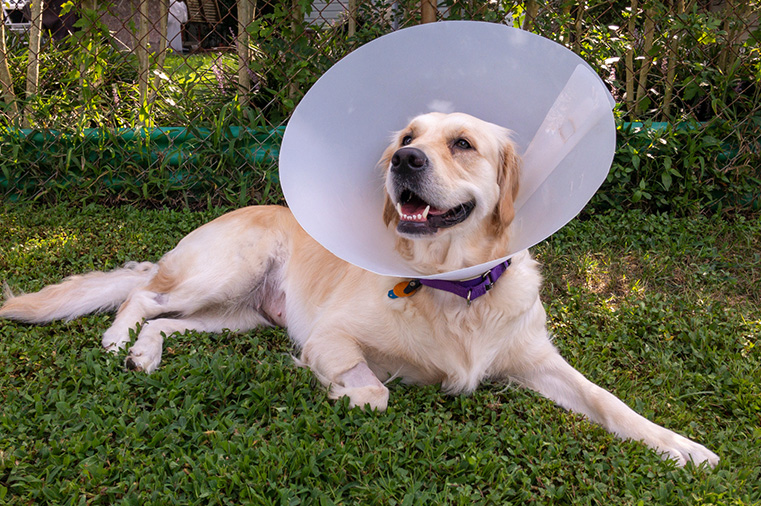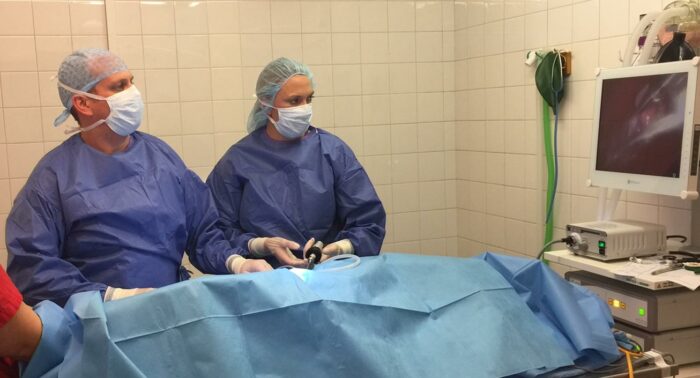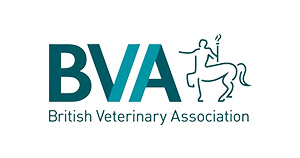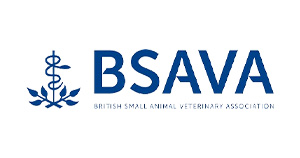Laparascopic (keyhole) Spay
Keyhole spay offers a minimally-invasive approach to neutering surgery in bitches. Compared to the traditional spay technique, the procedure involves less internal manipulation and tissue stretching, smaller surgical incisions, and less blood loss, and as a result patients are more comfortable immediately following surgery.
The procedure: For a keyhole spay three small incisions (less than 1cm) are made along the length of the patient’s abdomen. Three ports are then placed that allow access to the abdomen by the instruments used. For the procedure the abdomen is gently inflated with CO2 in order to provide space to visualise. A rigid endoscope is then passed through a port to provide the live image on the theatre screen, and the other ports are used to pass forceps and electrocautery (vessel sealing) devices.
Unlike a traditional bitch spay, during a keyhole spay an ovariectomy (removal of the ovaries) is performed, and the uterus remains. By removing the ovaries the source of the reproductive hormones is eliminated. Not only does this mean that the bitch will no longer have seasons or become pregnant, but it also removes any effect of the hormones on the uterus, so it still prevents against future uterine infection (pyometra). The patient simply experiences the benefits of a less invasive procedure.
Martin Law BVSc BSAVA PGCertSAS MRCV
Veterinary surgeon
“with my surgical bias, I love being able to offer surgeries to our patients without owners and the pets having to travel.”

Gudi Stuttard BVSc (hons) MRCVS
Veterinary Surgeon
“I know that everyone I work with cares about doing a good job for our patients and clients and we all work together to do our best. But we have a lot of fun too. We are a proper family.”

Other keyhole procedures
Bitch spay is not the only procedure facilitated by a keyhole approach and the technique can be useful for a few other procedures, including:
-
Cryptorchid (retained testicle) castration – testicles usually descend from within the abdomen to the scrotum during development but in some patients, one or both testicles do not descend properly and are retained within the abdomen. Due to the increased risk of tumour development within retained testicles it is recommended that they are removed by castration. Keyhole surgery gives us the ability to do this without an extensive, invasive surgery to locate the affected testicle.
-
Liver biopsies – some patients with liver disease benefit from biopsy of the liver tissue in order to enable a precise diagnosis. This would usually involve major surgery to obtain a small section of the liver but keyhole surgery allows us to access and sample the liver with less impact on the patient with liver disease, helping us get an accurate diagnosis for more targeted treatment.
-
Gastropexy (stomach suture) – this is a procedure where the stomach wall is sutured to the abdominal muscle wall in order to prevent it rotating. This can be performed in patients at potential risk of Gastric Dilation and Volvulus (GDV), a life-threatening condition where the stomach can dilate and then twist, constricting blood supply to the area.

“Haven’t seen Martin for a while, but he is a truly wonderful vet”
Felicity
Unusual Gus
Neutering pets is a day-to-day procedure for vets and the frequency with which it is performed means that it tends to be viewed as a routine surgery most of the time. However, sometimes we see the odd patient for neutering that makes it just that little more unusual.












